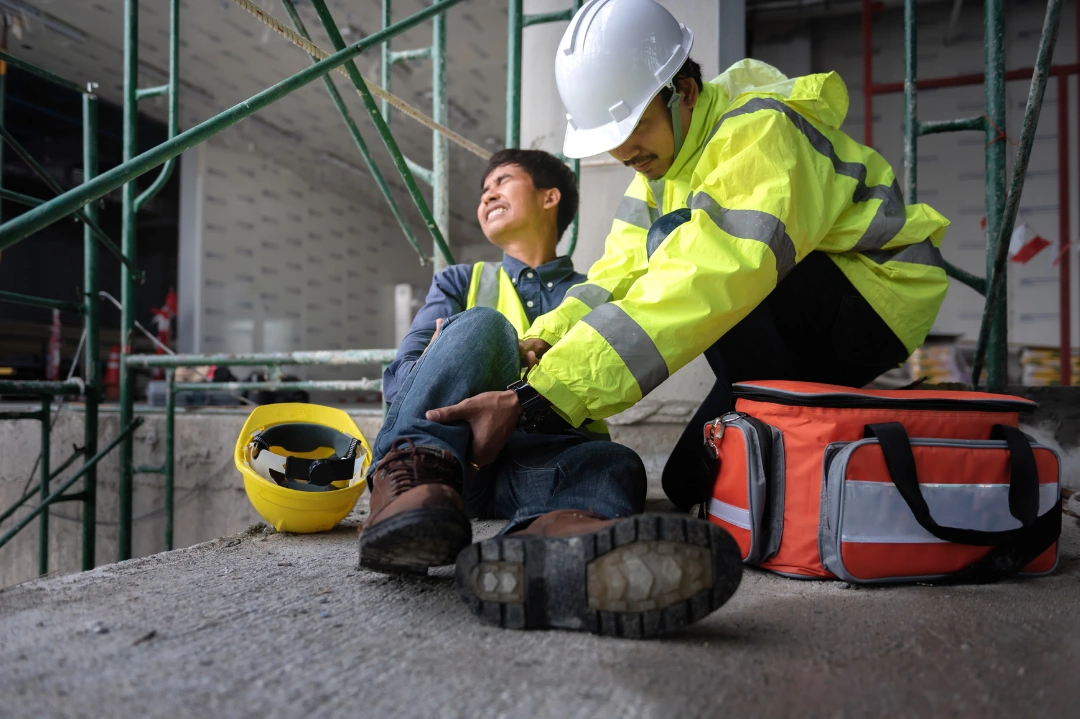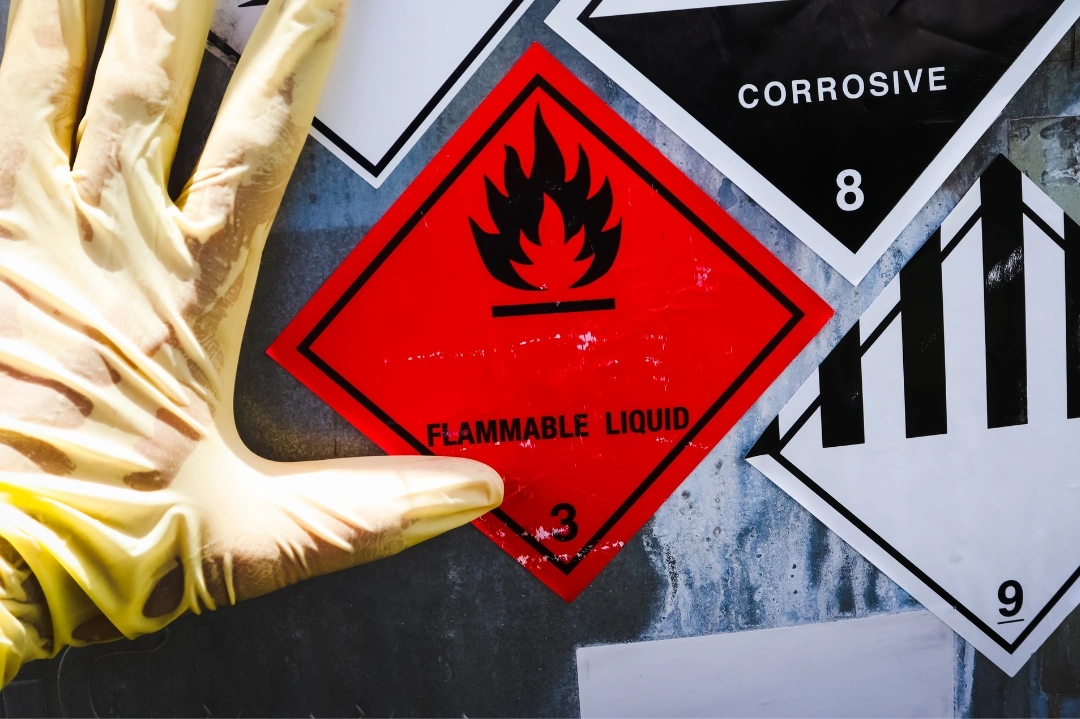
Work Accidents: Prevention And Response
Ensuring the safety of lone workers is one of the biggest responsibilities for employers. These workers face unique risks, making understanding and mitigating the potential for work accidents essential. As everyone knows, that can sometimes be easier said than done, but that’s no excuse not to try. Learn about the best practices for preventing and responding to workplace accidents that you can incorporate into your workplace.
Understanding The Risks For Lone Workers On The Job
Lone workers face unique challenges because they operate without immediate support from colleagues. This isolation can lead to delayed emergency responses, increasing the risk of serious incidents. Employers need to be aware of these risks to better protect their workers.
The types of lone work vary widely, from field technicians and delivery drivers to remote construction workers. Each job comes with specific dangers, such as exposure to hazardous materials, handling heavy equipment, or navigating unfamiliar areas. Recognizing these risks enables employers to find new ways to prevent accidents.
Raising awareness is a big part of this. Employers should ensure that lone workers understand the potential dangers of their roles and environments. By educating workers and encouraging them to identify hazards early, employers can help prevent accidents before they happen. Prioritizing awareness and understanding can greatly reduce the risk of work accidents for lone workers.
Preventive Measures To Avoid Work Accidents
Finding ways to prevent work accidents is an essential part of the job for any employer. While it’s unfortunately not possible to avoid every potential risk in a workplace, there are many ways to reduce those risks. Here are some easy and effective preventive measures to avoid work accidents in a variety of jobs:
Conduct Regular Risk Assessments
Regular risk assessments are essential for spotting hazards that lone workers might encounter. Employers should thoroughly evaluate the work environment, tools, and procedures to uncover risks that could lead to accidents. This means checking equipment for defects, assessing environmental conditions, and reviewing workers' processes. By identifying risks early, necessary changes can be made to improve safety.
Involving lone workers in these assessments is crucial since they are often the people most familiar with the hazards of their roles. Keeping these assessments up-to-date ensures that new risks are identified promptly, allowing for proactive safety measures.
Implement Comprehensive Safety Training
Safety training is a major asset in preventing accidents among lone workers. Employers need to offer thorough training programs tailored to the specific duties of their workers, teaching them the ins and outs of avoiding and preventing danger. This includes safe equipment operation, hazard recognition, and emergency procedures.
Regular refresher courses can also help keep safety practices in workers’ minds. Employers can significantly reduce the likelihood of accidents by equipping workers with the necessary knowledge and skills.
Utilize Technology For Safety Monitoring
Technology can greatly enhance the safety of lone workers through real-time monitoring and communication. GPS devices and safety apps can track worker locations, ensuring quick dispatch of help if needed. These tools often include features like panic buttons and automatic alerts if a worker is inactive for a certain period.
Real-time communication tools, such as two-way radios or mobile phones, are important technologies for lone workers to use to stay in touch with supervisors or emergency services. This connectivity allows for immediate incident reporting and guidance on next steps if something bad happens.
Establish Clear Safety Protocols
Clear safety protocols guide lone workers in maintaining safety and responding to emergencies. Employers should develop detailed guidelines covering daily safety checks, emergency contact procedures, and steps for various emergency scenarios.
Effective protocols might include regular check-ins, a clear chain of command for incident reporting, and ensuring access to first-aid kits and emergency supplies. These protocols create a framework that supports safe working practices.
Responding To Workplace Accidents
Workplace accidents will eventually happen no matter how proactive an employer or employees are. In that situation, how they respond in the moment and after the fact can make a huge difference. Here’s what to do:
Immediate Response Steps
When a work accident occurs, acting swiftly and effectively helps to minimize harm. Employers must ensure lone workers are well-prepared with the necessary knowledge and tools. This includes understanding emergency procedures, such as securing the scene to prevent further injuries, administering first aid if trained, and promptly contacting emergency services.
A quick response manages the situation better and shows a commitment to safety, potentially reducing injury severity and fostering a culture of accountability.
Reporting And Documenting Incidents
Timely and accurate reporting of workplace accidents is necessary for compliance and prevention. Employers should have a straightforward process for lone workers to report incidents immediately. This process should involve documenting the incident details, conditions leading up to it, and any immediate actions taken.
Comprehensive records help identify patterns or recurring issues, informing future safety strategies. Encouraging workers to report near-misses can also provide valuable insights into potential hazards that need addressing.
Conducting Post-Incident Reviews
After an incident, a thorough review is essential to understand its causes and prevent future occurrences. This involves analyzing the incident to identify root causes, whether they stem from procedural failures, equipment malfunctions, or environmental factors.
Involving lone workers in these reviews provides first-hand insights and fosters a collaborative approach to safety improvements. Implementing changes based on these reviews can significantly enhance workplace safety and demonstrate a commitment to continuous improvement.
Building A Safety-First Culture
Creating a workplace culture that prioritizes safety is fundamental to preventing work accidents. Employers should actively engage lone workers in safety discussions, encouraging them to voice concerns and suggest improvements. Regular safety meetings and open forums can facilitate this engagement.
Incorporating safety into the organization's core values ensures that it becomes a shared responsibility. Recognizing and rewarding safe practices can further reinforce this culture, motivating workers to prioritize safety daily.
Conclusion
Preventing and responding to workplace accidents is a critical responsibility for employers, especially those overseeing lone workers. By understanding the unique risks these workers face and implementing comprehensive safety measures, employers can significantly reduce the likelihood of accidents. Following the best practices outlined here can help develop a robust framework for protecting workers on the job.
Read More From the Lone Worker Blog
How To Assess Safety Hazard Risks

Employers of lone workers face the unique challenge of ensuring safety in isolated conditions. Assessing safety hazards is more than just a legal requirement. It’s a significant step toward creating a secure and efficient workplace.
Read MoreMan Down Alerts: What They Are And How They Keep Lone Workers Safe

Lone workers face heightened risks—from slips and falls to sudden medical emergencies—without anyone nearby to assist. A man down alert helps bridge that gap.
Read More


